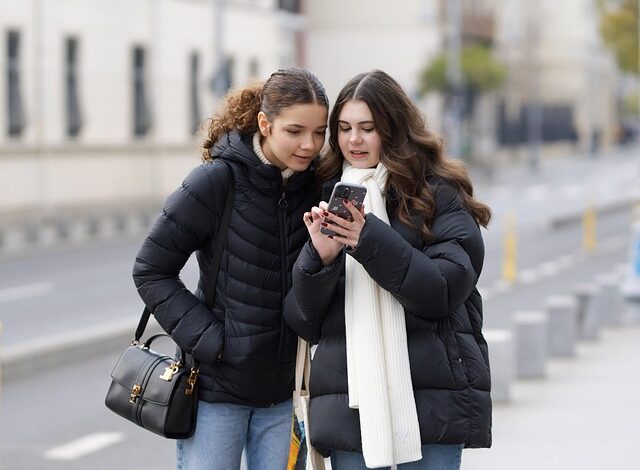Exploring the Intersection of Art and Technology

Art has always been a reflection of the society in which it exists, constantly evolving and adapting to new technologies. In recent years, the intersection of art and technology has created innovative and mesmerizing works that challenge traditional boundaries and inspire new forms of creativity. Let’s delve into this fascinating world where art meets technology.

The Rise of Digital Art
Digital art, also known as new media art, is a form of art that utilizes digital technology as a key part of the creative process. This includes anything from digital paintings and animations to interactive installations and virtual reality experiences. Artists in this field are pushing the boundaries of traditional mediums and exploring the endless possibilities of digital tools.

One example of digital art that has gained widespread acclaim is the work of Japanese digital artist, Mikitani Takashi. His stunning digital paintings combine elements of traditional Japanese art with modern technology to create mesmerizing and thought-provoking pieces that captivate audiences around the world.
Augmented Reality and Art
Augmented reality (AR) is another technological advancement that has been integrated into the world of art. AR allows artists to overlay digital elements onto the physical world, creating interactive and immersive experiences for viewers. This technology has been used in a variety of ways, from enhancing museum exhibits to creating outdoor art installations.

One notable example of AR art is the collaboration between artist Olafur Eliasson and digital studio Acute Art. Together, they created an app that allows users to experience Eliasson’s iconic artworks in their own environment through the use of AR. This merging of art and technology has opened up new possibilities for artists to engage with their audiences in unique and exciting ways.

Artificial Intelligence in Art
Artificial intelligence (AI) is also playing a significant role in the world of art, with artists using AI algorithms to create innovative and provocative pieces. AI can analyze vast amounts of data and generate new ideas and concepts that challenge our understanding of creativity and the artistic process.

One groundbreaking example of AI in art is the work of artist Mario Klingemann, who uses AI algorithms to generate intricate and abstract artworks that blur the line between human and machine creativity. His creations are a fascinating exploration of the potential for AI to redefine the role of the artist in the creative process.

The Future of Art and Technology
As technology continues to advance at a rapid pace, the possibilities for art and technology to converge are endless. From virtual reality experiences to AI-generated artworks, artists are embracing new technologies to push the boundaries of creativity and create works that challenge and inspire audiences around the world.

Whether it’s through digital art, augmented reality, or artificial intelligence, the intersection of art and technology is a dynamic and exciting space that is reshaping the art world as we know it. As artists continue to experiment and innovate with new technologies, we can expect to see even more groundbreaking and transformative works in the years to come.

